This post is sponsored by Nurx, but the content and opinions expressed here are my own.
10 years ago, one little word printed on a piece of paper changed my perspective on my health forever.
Abnormal.
Today, I’m grateful to share my story in partnership with Nurx, a company who is doing something major to help more women have easier access to life-saving screenings for HPV (Human Papillomavirus). The timing couldn’t be better, as January marks Cervical Health Awareness Month. While I’m fortunate that my HPV cleared and didn’t lead to cancer, the reality is that some are not so lucky.
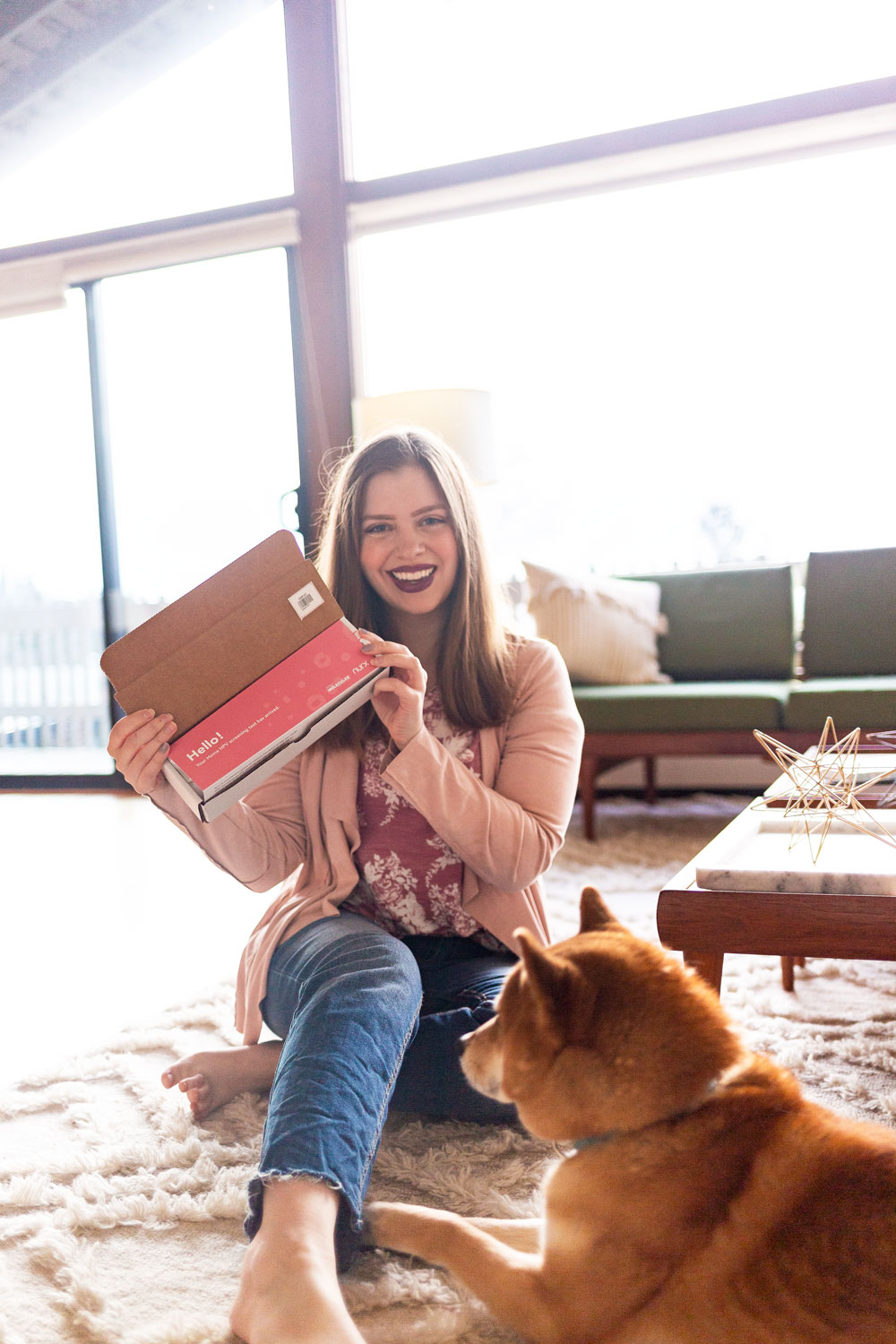
At some point in their lives, 80% of sexually active men and women will have HPV, and most will not know it. Not all HPV strains lead to cancer, however, each year 34,000 new cases of cervical cancer caused by HPV are diagnosed. Because pap smears are not the only way to check your risk, Nurx’s in-home testing kits offer a safe, convenient, and affordable way to determine your risk for cervical cancer. Those with and without insurance can screen themselves quickly and easily for HPV, and get life-saving treatment sooner.
My Journey with HPV
While I’m not a doctor (and don’t even play one on TV), I learned quite a bit about cervical health when I found myself with an abnormal pap smear result. I was just 19 when I got a call back from my doctor after a routine physical, right before I was about to head back to college at the end of the summer.
A few days later, my doctor fit me in and I was back in the saddle again. My doctor explained that she would be performing a Colposcopy, which is where she would take a better look at my cervix using a special instrument called a colposcope. She would also be taking a biopsy for additional testing to see what exactly was going on.
It was then that I also learned that typically, women under 21 have pap smears every few years instead of annually (I had my first one at 18) because cervical changes related to HPV are fairly common. At this age, it’s not unusual for HPV to clear on its own thanks to the body’s immune system before dangerous changes take place. It was just my luck that for whatever reason, my doctor hadn’t realized I wasn’t due for another test quite yet and I had never had the HPV Vaccine, which meant my risk for more dangerous strains of HPV was higher. Because of this, she still wanted to proceed to be on the safe side.
About a week later, I got another call and it wasn’t what I wanted to hear. I learned that while most of my biopsy revealed mostly healthy tissue, there was also indications of low and medium grade Cervical Dysplasia (also referred to as Cervical Intraepithelial Neoplasia, or CIN) that indicated pre-cancerous changes caused by HPV could be occurring. I was told that I would then need to see a gynecologist who would more than likely perform a surgical procedure to remove the abnormal cells.
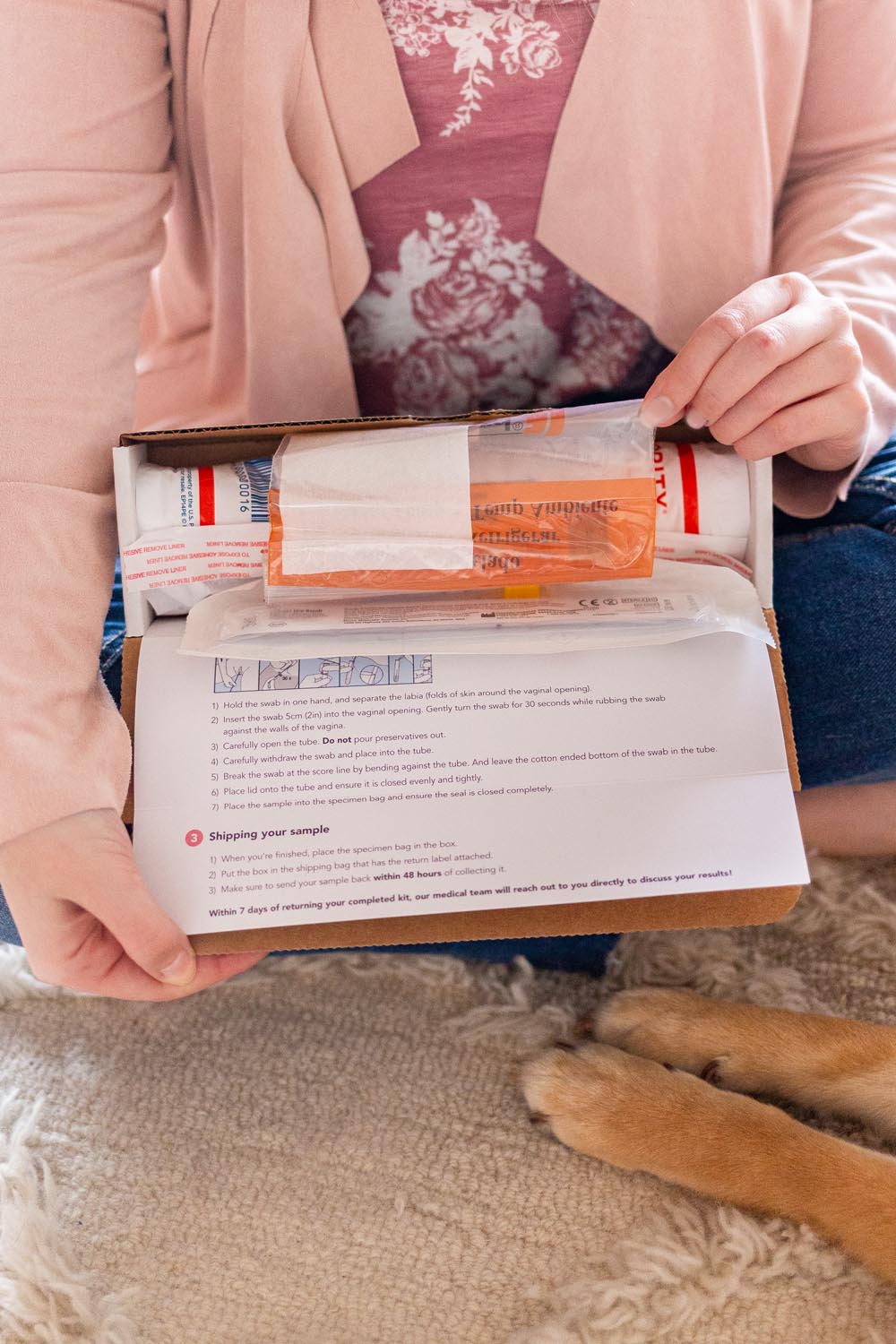
Of course, like anything else in medicine, it tends to be a hurry up and wait type of operation. I made an appointment for a consultation with a gynecologist and headed back to college. A few months went by before I returned to see the gynecologist for a consultation, and it was then that my health anxiety began to rear its ugly head. I spent a lot of time outside of my college classes reading about Cervical Cancer, HPV, CIN, and everything related to the procedures I had already had (Colposcopy) and what I would be having (either a Loop electrosurgical excision, know as the LEEP, or a cold knife cone biopsy, or a conization).
I read horror stories; women who said the procedures were worse than childbirth, read too much about complications and potential risks like infertility and spent a lot of time quietly panicking and crying. I didn’t know anyone else who had had this happen to them before, so I attempted to get answers and find some sort of comfort online. The reality was I ended up scaring myself more by doing this, all of which ended up being unfounded.
Finally, I had a consultation with the gynecologist, who reviewed my medical files and explained the procedure that I would have, and why. He told me that the LEEP wasn’t a cakewalk but for most, wasn’t much worse than a heavy period. Cramping, bleeding, and additional discharge was to be expected, and I’d probably feel a little discomfort after the numbing agent wore off.
It was during the holiday break that I went back in and had the procedure done. To be honest, reading the internet horror stories was far worse than anything that I felt during or after the procedure. Sure, I didn’t feel amazing, but it wasn’t anything I couldn’t handle. After the procedure, I vaguely remember coming home to my favorite meal and snuggling with my cats on the couch.
The hard part was waiting for the results, of course. When I finally got the call, I learned that the dysplastic cells were low-grade and it was unlikely that there would be any risk of cancer, though the recurrence of HPV and abnormal cells was possible. I was instructed to have follow up pap smears every 3 months for the first year, then 6 months in the second, then annually, and then I could go back to the standard schedule.
In 2013, it happened again. Abnormal, the paper mocked. I called my doctor to find out what my next steps would be. The sinking feeling in the bottom of my stomach, the lump in my throat, and the fear all came rushing back. It felt like it was happening all over again.
Another Colposcopy was scheduled, and I found myself in the stirrups all over again. This time, though, I had much better results. Everything came out normal, and knock on wood, I have yet to have another abnormal pap smear and I no longer have HPV.
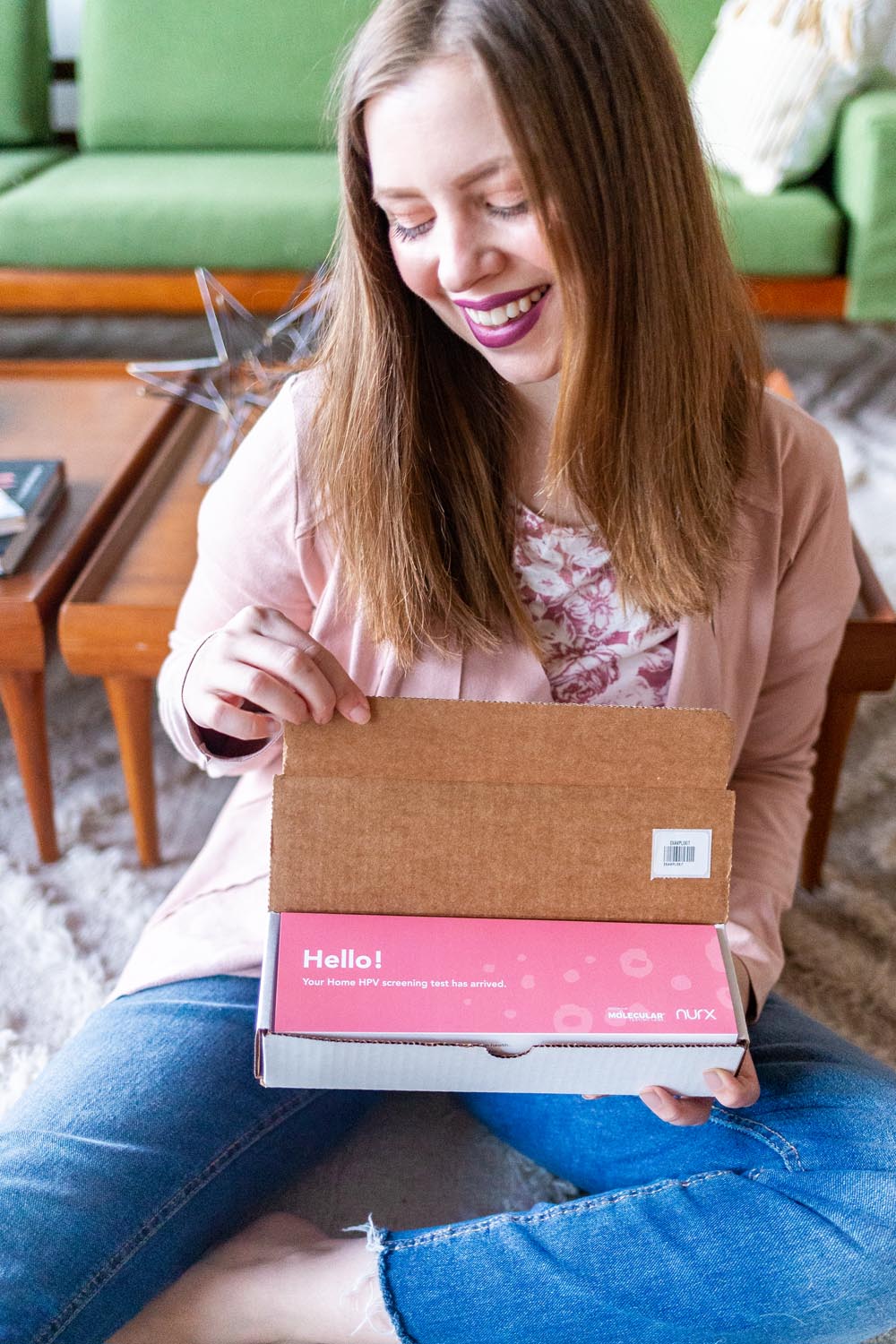
How to Screen for HPV at Home
As you can imagine, I never miss an annual exam with my doctor. While I now get pap smears every three years like everyone else, I always wished there was an easier way for women who don’t have easy access to medical facilities, a regular doctor, or health insurance. That’s why I am so grateful to a company like Nurx who is revolutionizing women’s health and allowing us to empower ourselves when it comes to our cervical and reproductive health. With their in-home HPV screening kit, you can test from the comfort of your own bathroom.
Even better, you don’t need to insurance or to make an appointment with your doctor. Nurx’s Home HPV Screening Test is affordable, even for those without insurance. To get your in-home screening test, it is just $15 with insurance and $69 without insurance. The test is the same quality as a pap smear*, is much more affordable, and is a convenient way to be checked for 14 strains of HPV that have a higher risk of leading to cervical cancer. *For those like me who have a past history of abnormal pap smears or Cervical Cancer, please still continue to see your regular doctor for your exams.
Nurx’s Home HPV Screening Kit is perfect for those who:
- Don’t have insurance right now
- Live far away from a doctor’s office or medical clinic
- Are overdue for a pap smear
- Can’t afford a doctor’s appointment right now
- Who are over 30 and want to test their HPV risk every 5 years
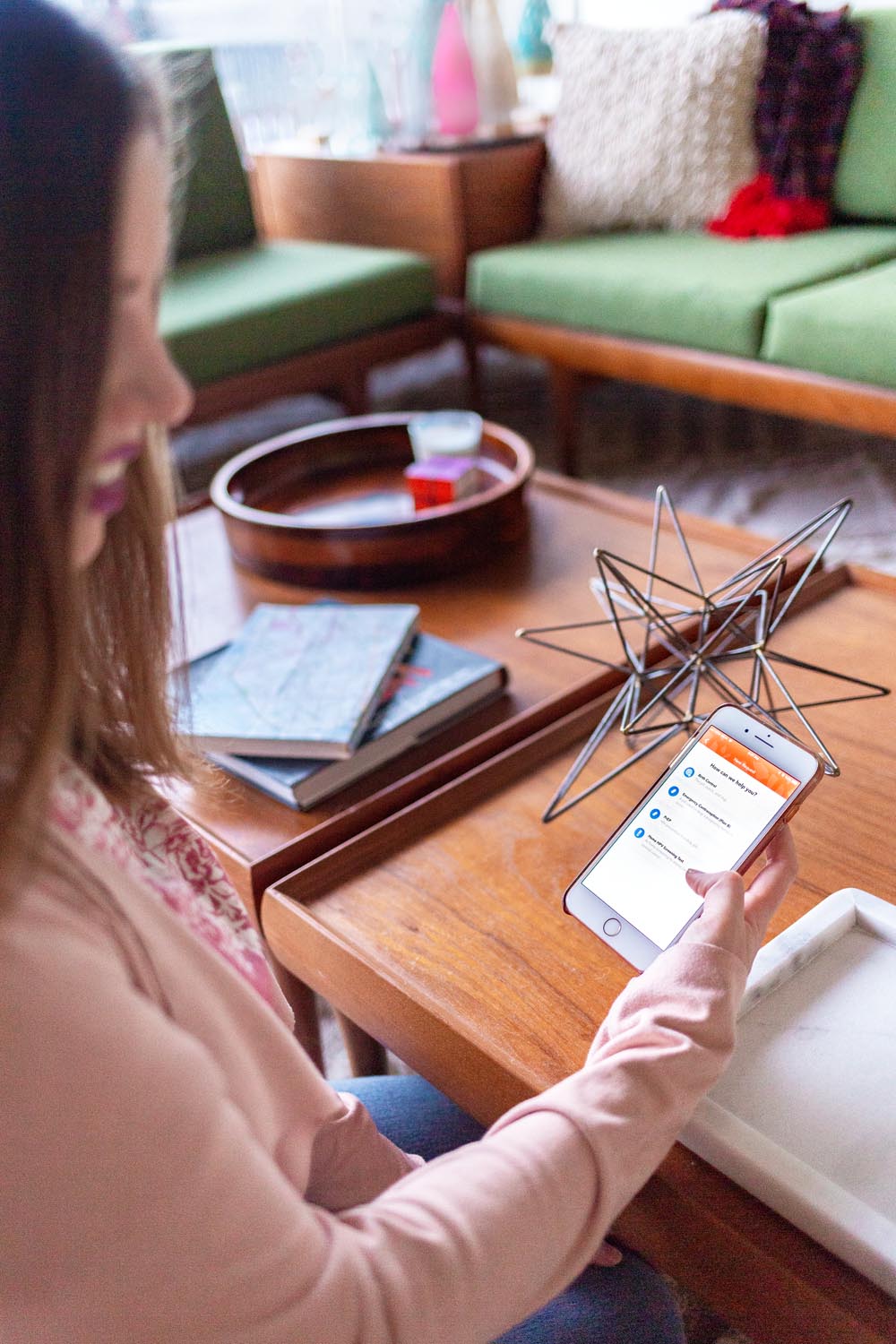
How Nurx’s In-Home HPV Screening Test Works
So how does Nurx’s in-home screening test work? It’s simple!
- Download the Nurx app or visit Nurx.com
- Answer a few questions about your health and you’ll receive a kit straight to your door
- When you receive your kit, inside you’ll find:
- An extra long q-tip
- A plastic tube
- A plastic bag
- A sticker with a barcode
- And a prepaid return envelope
- Hold the swab with one hand and insert the swab just like you would with a tampon
- Gently turn the swab in a circle against the wall of your vagina for 30 seconds.
- Then drop the swab in the tube, and drop it in the bag.
- Place the bag in the pre-paid envelope, and drop it in the mail!
- Once your sample arrives, you’ll get your results from the Nurx medical team in just a few days.
- If your results are negative, this means your risk for cervical cancer is very low and you do not need additional testing for another three years. If your results are positive, this does not mean you have cervical cancer. The Nurx medical team will work closely with you to help figure out the next steps!
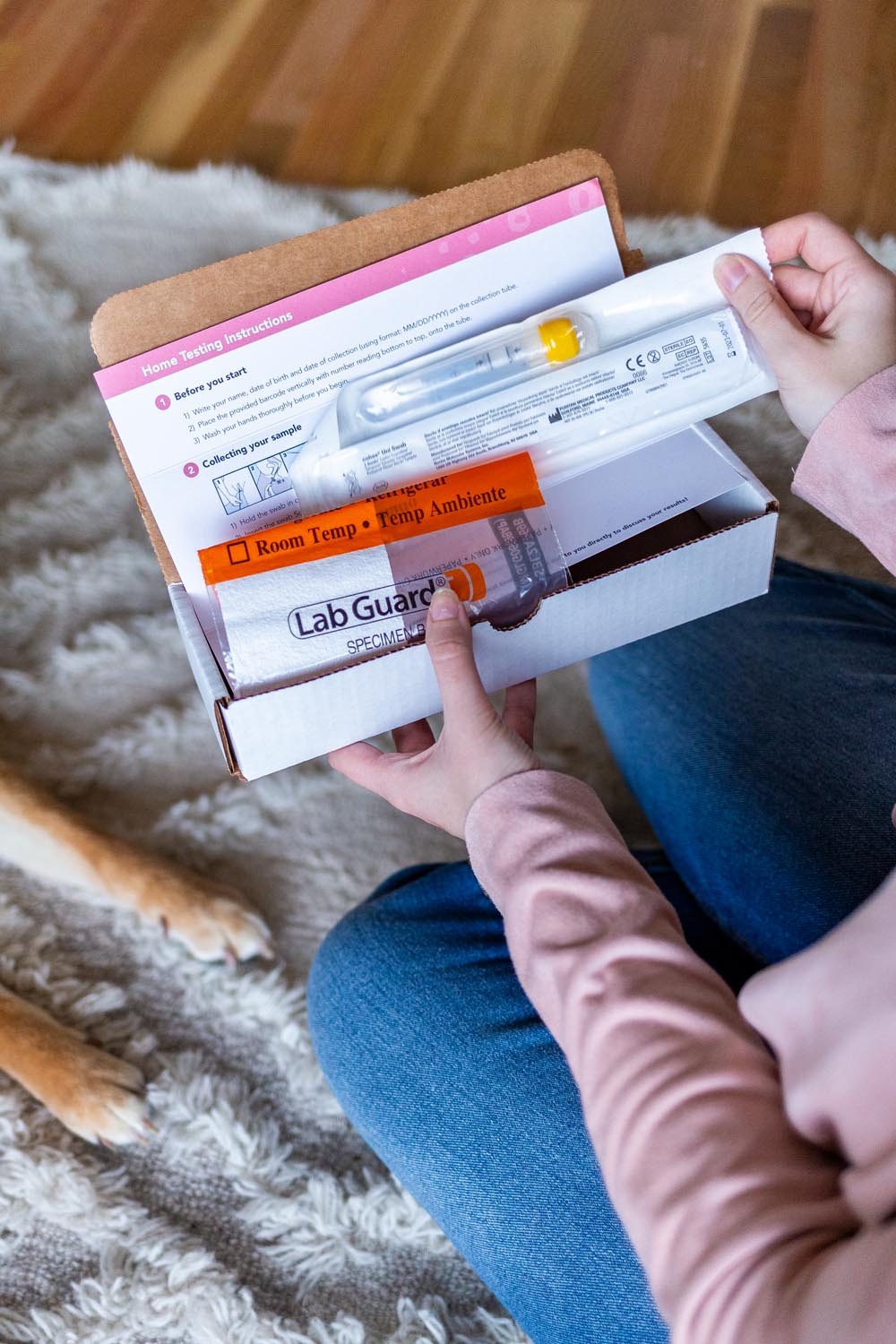
You can order your in-home screening kit from Nurx right now. And beyond the HPV screening test, Nurx also offers birth control prescriptions that are delivered straight to your door! Check it out here.
I wanted to share my personal story with HPV today because despite over 80% of the population having HPV at some point in their lives, this is a topic not often discussed. There is a huge stigma surrounding sexually transmitted infections, and by sharing my story I hope it helps someone out there who may be facing a similar situation, or who may not know about HPV and Cervical Cancer risk. Cervical health is incredibly important, and if you’re overdue for an HPV screening or pap smear, I encourage you to give Nurx’s in-home HPV screening test a try.
Did you know January is Cervical Health Awareness month? Have you ever had a personal experience with HPV? I look forward to hearing from you in the comments, and if you know someone who is overdue for their HPV screening, please consider sharing this post with them.


That’s pretty cool that they developed a screening test — and I’m sorry you’ve had to experience that! I actually got the HPV vaccine as a teenager, so that’s the experience I’ve had with it. I feel like an old pro at pap smears these days — I guess having 3 kids will do that to you, haha!
I wish I had known about the vaccine when I was younger. It was pretty new when I was a teen and my doctor didn’t mention it to me. I saw someone new for my first pap, and she mentioned it but I brushed it off. At 18 I thought I was invincible, I guess. Live and learn! I still dislike pap smears but there are definitely worse things. ;)
I love the photo with your cat!
Thanks, Marette! Rigby is actually a dog! He’s a Shiba Inu. ;)